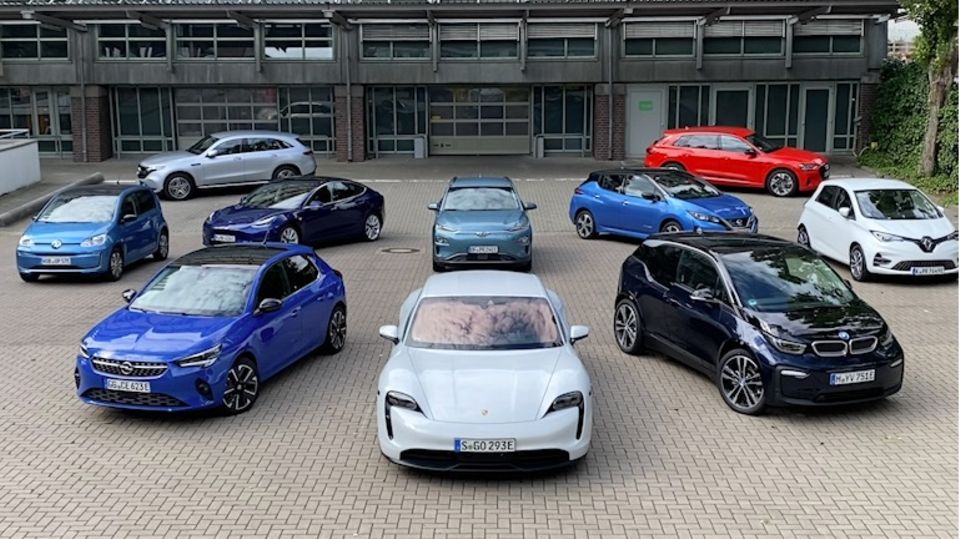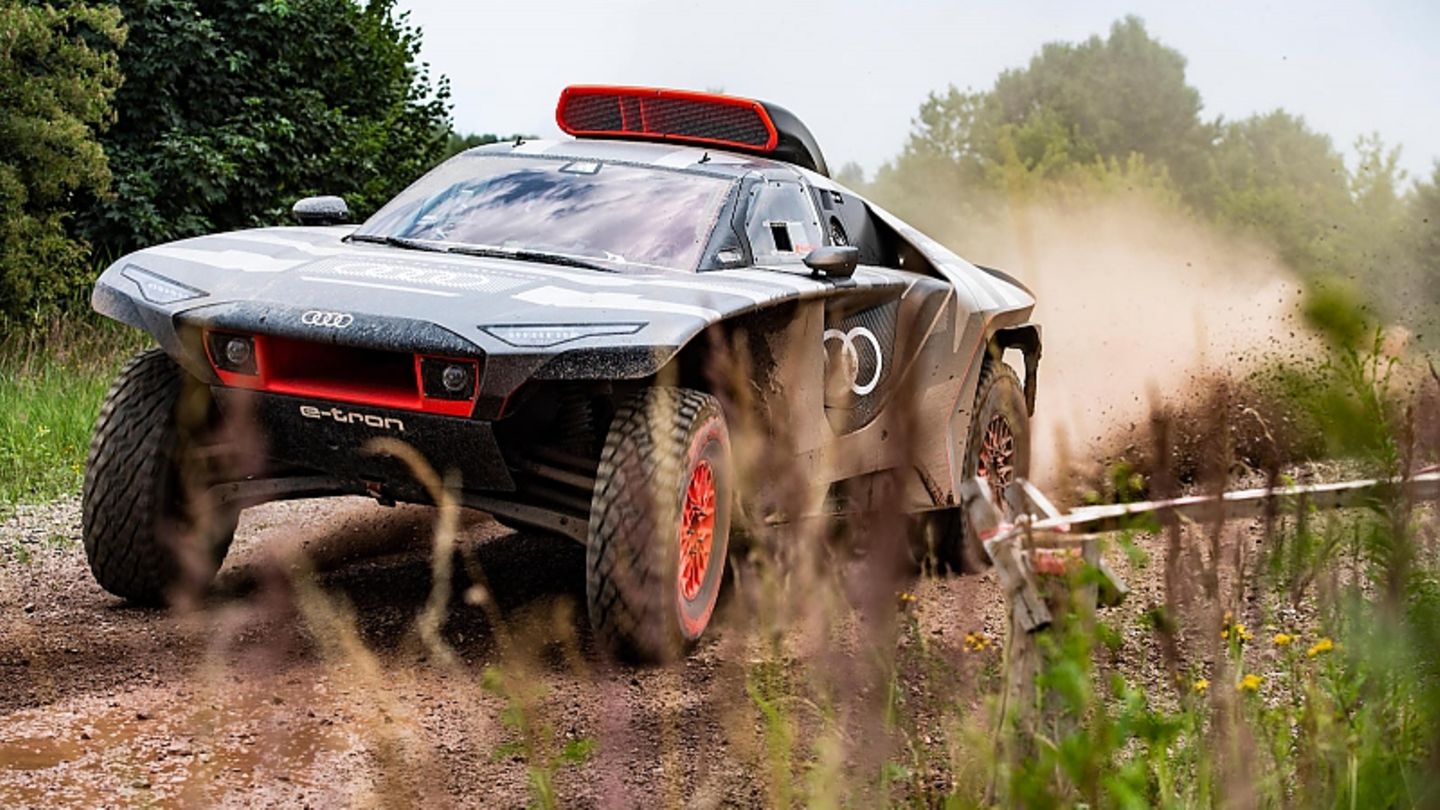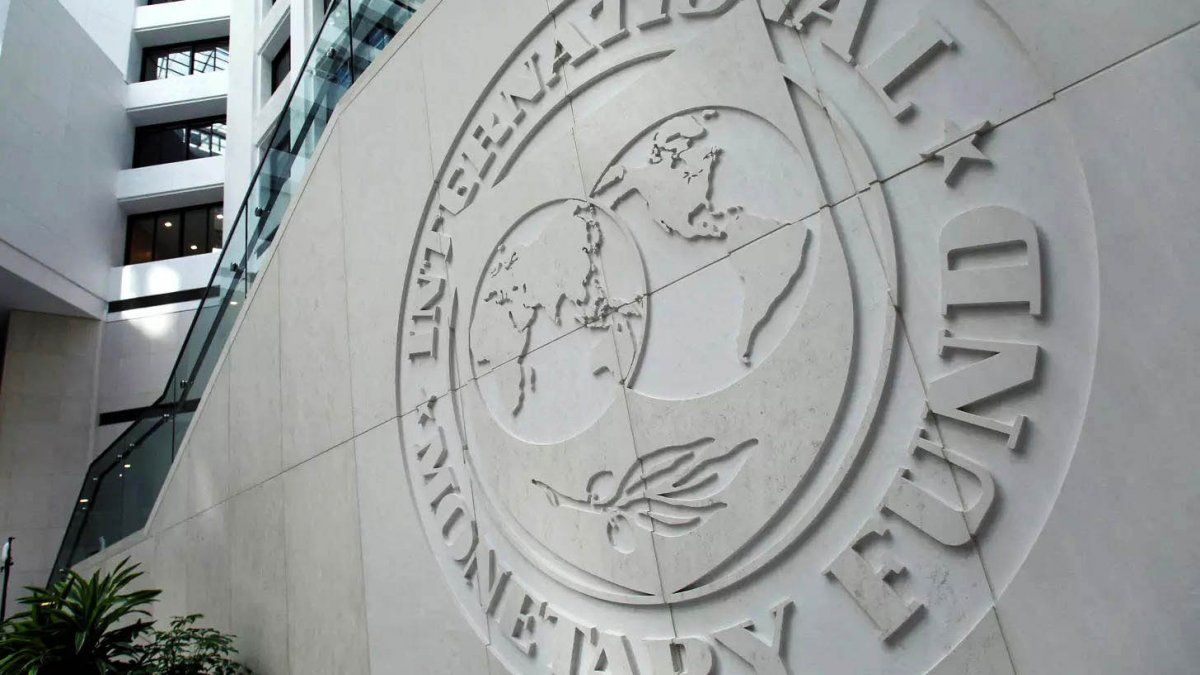The German car maker Audi lifts the cloth from its secret project. In just six months, the Ingolstadt-based company wants to thunder through the desert in the mighty RS Q E-Tron and contest the Dakar rally – and all of it electrically.
The colossus made of carbon, tubular space and studded tires hardly fits in the Audi Sport assembly hall in Neuburg an der Donau. 4.50 meters long, a gigantic 2.30 wide, more than two meters high and weighing two tons – the Audi RS Q E-Tron was born and the competition should not just see and hear by looking at it. He wants to sniff it when he thunders through the endless deserts of Saudi Arabia at full throttle – ecologically compatible, of course.
Never before have a team or a car brand tried to win the world’s toughest desert rally with an electric car. Audi, so far only highly decorated on every imaginable circuit, wants to win the Dakar. Not at the first attempt, but probably in 2023 or 2024. The aim is to give the motorsport image a green coat of paint.
Audi will start the Dakar rally electrically
The Ingolstadt-based company want to mutate into an electric luxury brand in the coming years. Since emotions and high-tech demands should not be neglected, the motorsport program has been realigned. And from 2023 the company not only wants to return to Le Mans, where the international competition was thrown into the ground more than a decade ago, but is also entering completely new territory with the sandy subsoil of Saudi Arabia.
At the next edition of the Dakar Rally from January 2 to 14, 2022, in Saudi Arabia, Audi will be at the start with three vehicles. The driver line-up could hardly be better with multiple winners Stéphane Peterhansel / Edouard Boulanger, Mattias Ekström / Emil Bergkvist and Carlos Sainz / Lucas Cruz. For implementation and development, Audi Sport has brought on board Sven Quandt and his Q racing team, one of the greatest experts in the Dakar rally. It will therefore not be down to experience and so it is now important to develop a competitive vehicle at full speed. The first model has just been launched and its appearance is more than impressive.
The desert hopper with the name Audi RS Q E-Tron stands out not only because of its sheer size, but also because of the lack of advertising stickers. While the competition or other motorsport areas in search of sponsorship money are pasting every possible square centimeter on a racing car with advertising banners, the RS Q E-Tron wears a matt gray with bright red elements and the new brand slogan Future is an Attitude. Advertising partner? Nothing. Audi wants to put its own design and technology in the limelight in a purist way. There were enough inquiries, especially from the Red Bull shower company. Audi did not want to and is thus adding a new touch to motorsport sponsorship.
Ingolstadt-based car manufacturer develops its own 50 kWh battery
But the real show is not the lack of advertising messages, but the drive. Under the spectacular carbon body there is a tubular space frame due to regulations, which is also placed on a carbon plate. There is also an electric motor on the front and rear axles, which otherwise does its work in a Formula E racer. If it currently delivers 250 kW / 340 PS, the system output of the desert all-wheel drive will probably be around 300 kW / 408 PS. The exact values still depend on the regulations, which have not yet been finalized. The two MGU Formula E S7 electric motors, each weighing 33 kilograms, are fed by a battery of just 50 kWh under the two racing bucket seats of the E-Tron, whose 13 modules consist of 266 cells. The battery pack with its 375 kilograms hardly seems big enough to cover long stages with a top speed of 170 km / h purely electrically. “The battery is also an in-house development that we realized together with a partner,” says Stefan Dreyer, Head of Development at Audi Sport for motorsport projects.
The characteristics of the Dakar Rally present the engineers with extraordinary challenges. The marathon event lasts two weeks, the daily stages are up to 800 kilometers long. “It’s a very long distance,” says Andreas Roos, who is responsible for the Dakar project at Audi Sport. “Nobody has tried what we’re trying to do. For an electric drive, that’s the ultimate challenge.” When the battery pack, which was fully charged at the start, is running out, it is continuously recharged by a combustion engine while driving.

To do this, the Audi RS Q E-Tron has the high-performance engine from the old DTM series. The two-liter four-cylinder turbo was slightly modified and, with its up to 600 hp, made suitable for the desert. While it had to do up to 9,000 tours in a circuit race before changing gears, the 100-kilogram combustion engine works as an energy supplier in the Dakar racer between 4,500 and 6,000 rpm in just one gear, as it is supposed to run particularly efficiently. “The tank has a volume of around 300 liters,” explains Sven Quandt, “the other vehicles have 500 liters. We are currently anticipating a consumption of 200 grams per kilowatt hour and hope that we can go down even further.”
The second vehicle is to follow this summer
The driving tests of the first car have just started and the second vehicle is due to follow in the summer. However, the rally trio will only be complete shortly before the end of the year. And before it goes to Saudi Arabia for the Dakar 2022, you want to do a few test rallies in Africa or the United Arab Emirates with one or two vehicles so as not to experience any nasty surprises. “We are sure that we will experience one or two setbacks,” smiles Sven Quandt, “anything else would not be normal. But so far everything has been going very well.”
I am a 24-year-old writer and journalist who has been working in the news industry for the past two years. I write primarily about market news, so if you’re looking for insights into what’s going on in the stock market or economic indicators, you’ve come to the right place. I also dabble in writing articles on lifestyle trends and pop culture news.




